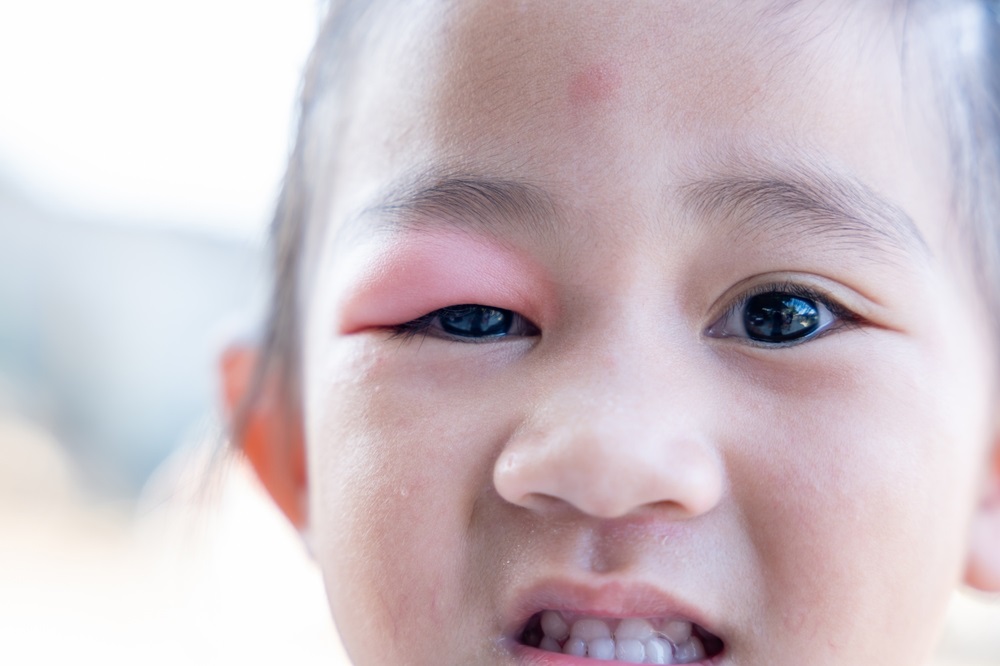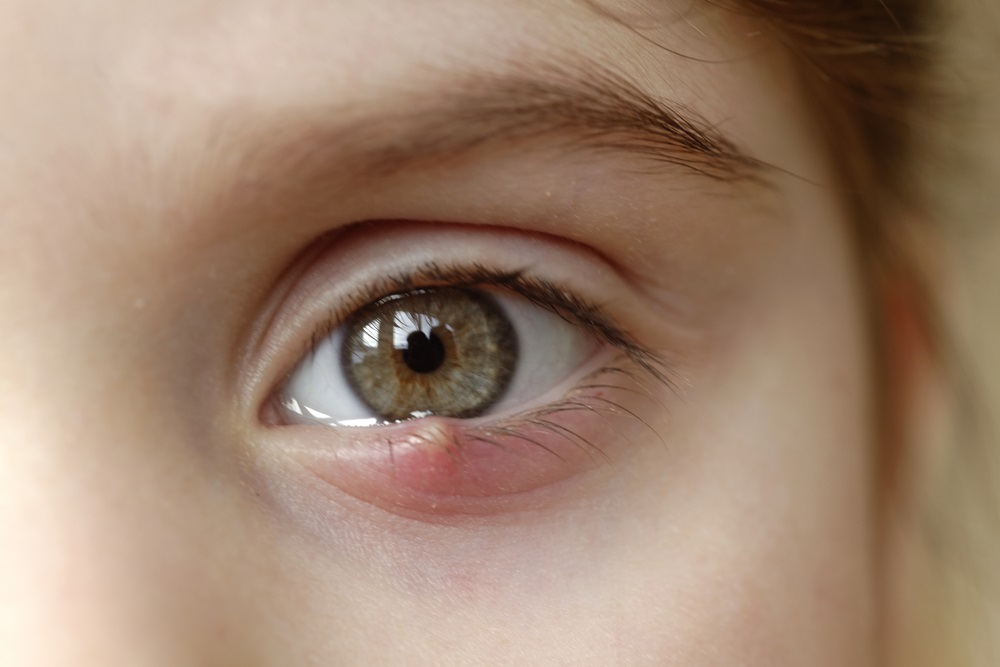In this thorough guide, we’ll look into the world of “stye eye causes,” exploring the factors contributing to developing this common and often bothersome eye condition. A stye, also known as a hordeolum, is a small, painful lump that forms either inside or outside the eyelid. While it is usually harmless, understanding its causes can help us take preventive measures and manage its occurrence. So, let’s start this adventure to learn more about what causes a stye.
Contents
What is a Stye?
Before we dive into the causes, let’s briefly understand what a stye is. A stye is a red, swollen bump resembling a pimple that appears near the eyelid’s edge. The oil glands in the eyelids become infected and swollen, which causes it to happen. They are responsible for producing lubricating oils for the eyes. Two different styes exist: external styes that form on the outside of the eyelid and internal styes that develop on the inner side of the eyelid.
Understanding Stye Eye Causes
There are some reasons for stye eye causes

Bacterial Infection
One of the primary culprits behind stye formation is an infection brought on by bacteria, typically Staphylococcus aureus bacteria. These bacteria are commonly on the skin and can enter the oil glands through hair follicles or small breaks in the eyelid skin. Once inside, they lead to infection and subsequent inflammation.
Poor Hygiene Habits
Maintaining proper eye hygiene is crucial for preventing styes. Touching your eyes with dirty hands, using expired eye makeup, or failing to remove eye makeup before sleeping can introduce harmful bacteria to the eyelids, increasing the risk of stye development.
Blepharitis
Blepharitis, a condition characterized by the inflammation of the eyelids, is another significant contributor to styes. The inflammation can cause blockages in the oil glands, trapping bacteria and causing a stye.
Use of Contact Lenses
Improper use or poor hygiene practices with contact lenses can cause bacterial contamination, leading to stye formation. Following your eye care professional’s recommendations and maintaining proper lens hygiene is essential. If you are interested, You can learn more by reading the Contact Lens Exam.
Stress and Fatigue
While stress and fatigue don’t directly cause styes, they can weaken your immune system, making you more susceptible to infections, including those responsible for styes.
Prevention and Management

Now that we’ve explored the common causes, let’s discuss some preventive measures and management techniques for styes.
Proper Hygiene
Avoiding touching your eyes and trying to wash your hands can both be helpful in reducing the risk of stye formation. Additionally, remove eye makeup before bedtime and discard old makeup products.
Warm Compresses
Warm compresses can be used on the affected area to provide relief and promote the drainage of the stye. Gently press a clean, warm cloth against the eyelid for a few minutes, several times a day.
Avoid Squeezing
Resist the urge to squeeze or pop a stye, worsening the infection and leading to further complications.
Consult an Eye Care Professional
If you notice persistent or recurrent styes, consult an Emergency Eye Care professional. They can guide effective Eye Disease Treatment options and a
FAQs
Can stress directly cause a stye?
While stress doesn’t directly cause styes, it may lower immune function and increase your susceptibility to infections, including those responsible for styes.
Is a stye contagious?
Yes, styes can be contagious, especially if they are caused by bacterial infections. Do not exchange private stuff, such as towels or makeup, to reduce the risk of transmission.
How long does it take for a stye to heal?
A stye will usually heal within one to two weeks with proper home care. If it persists or worsens, consult an eye care professional.
Can someone with a stye wear contact lenses?
It’s best to avoid wearing contact lenses while you have a stye. Contact lenses can exacerbate the condition and may hinder the healing process.
Are there any complications associated with styes?
In rare cases, styes can lead to more severe complications, such as spreading the infection to other face parts. Immediately seek medical assistance if your symptoms worsen.
Conclusion
In conclusion, understanding the causes of stye eye is essential for preventing its occurrence and managing its symptoms effectively. Practicing good eye hygiene, avoiding contact with dirty hands, and seeking professional advice when needed are vital steps in keeping styes at bay.
You can book an appointment for any kind of eye exam.

